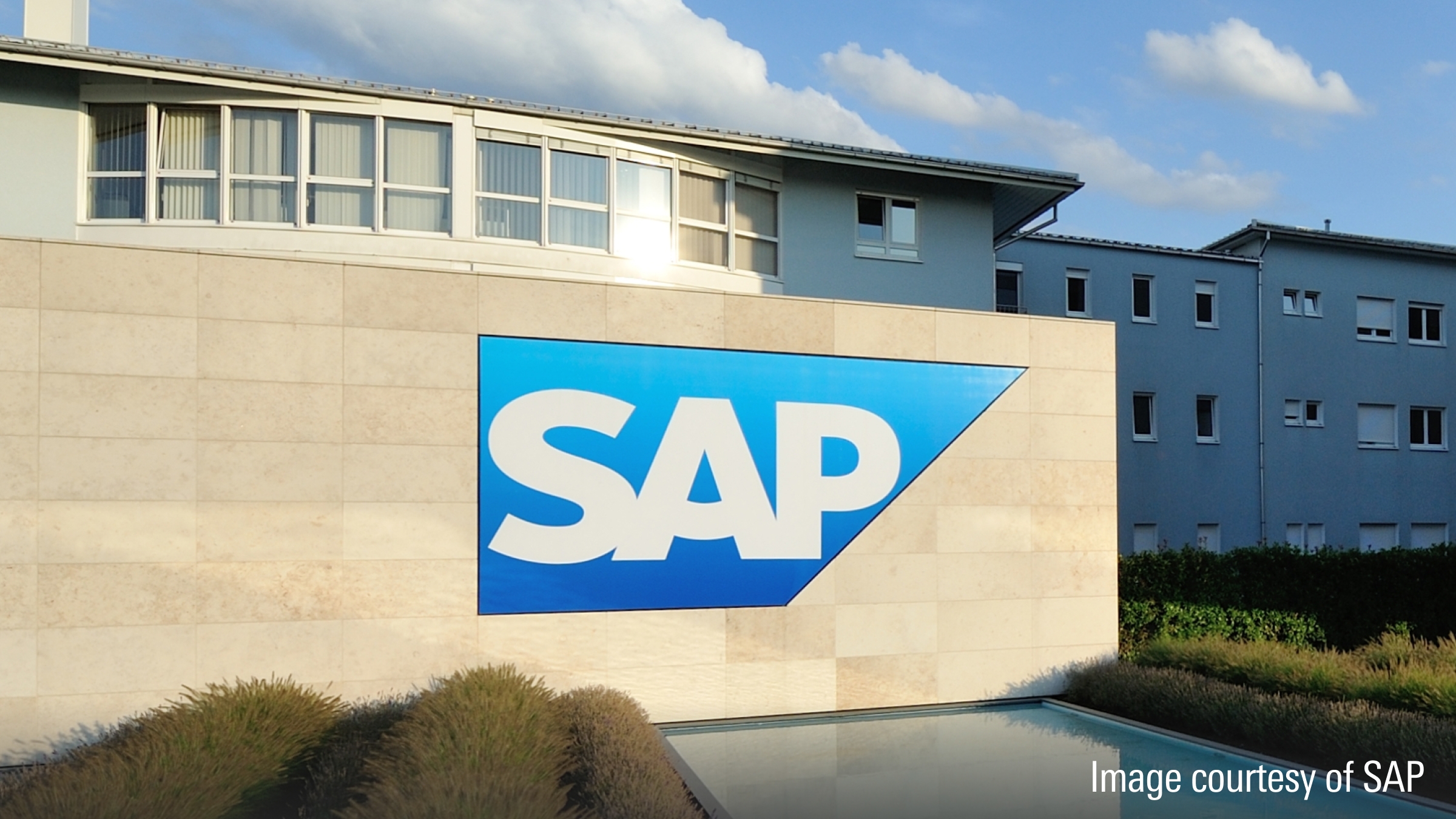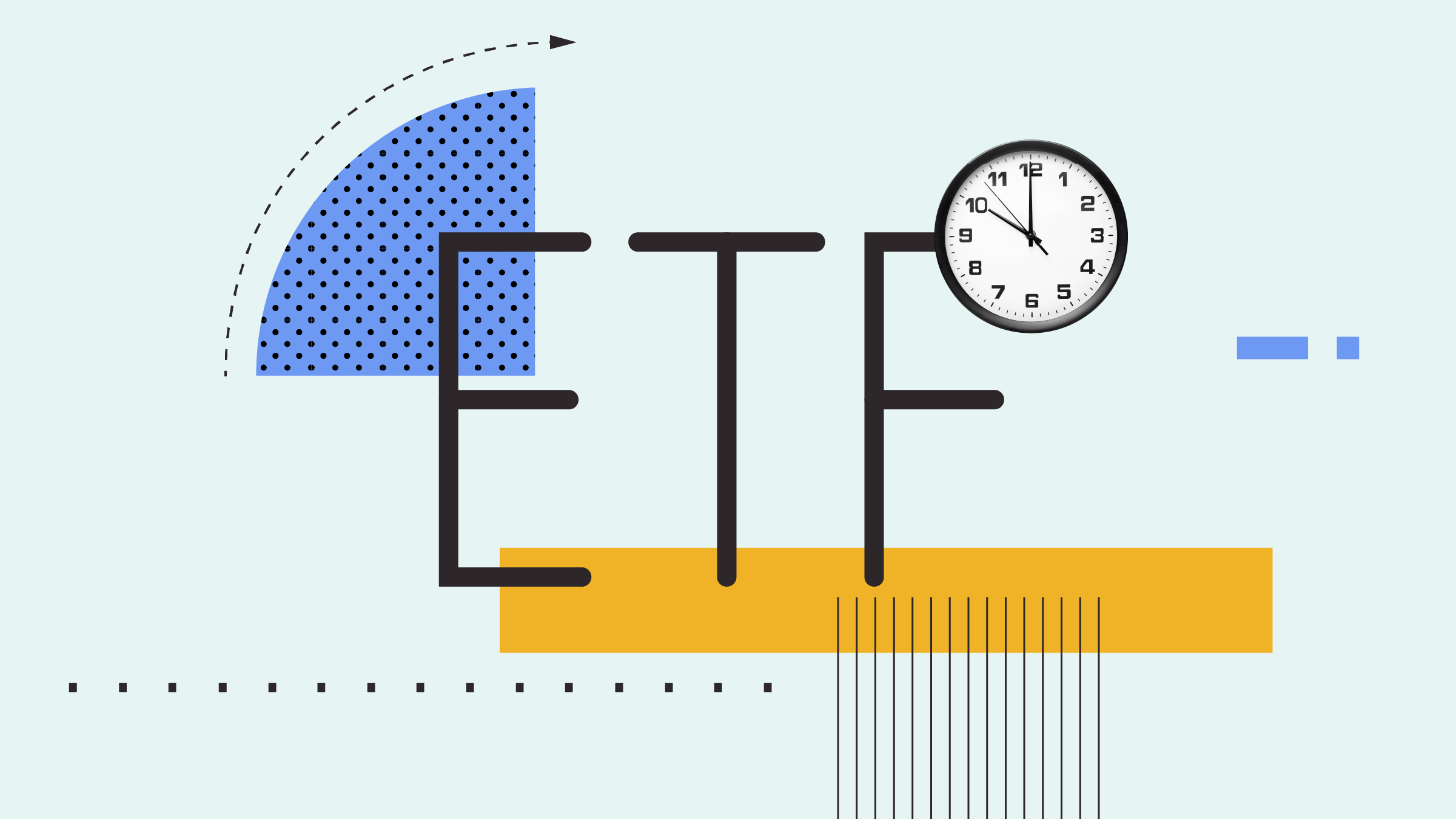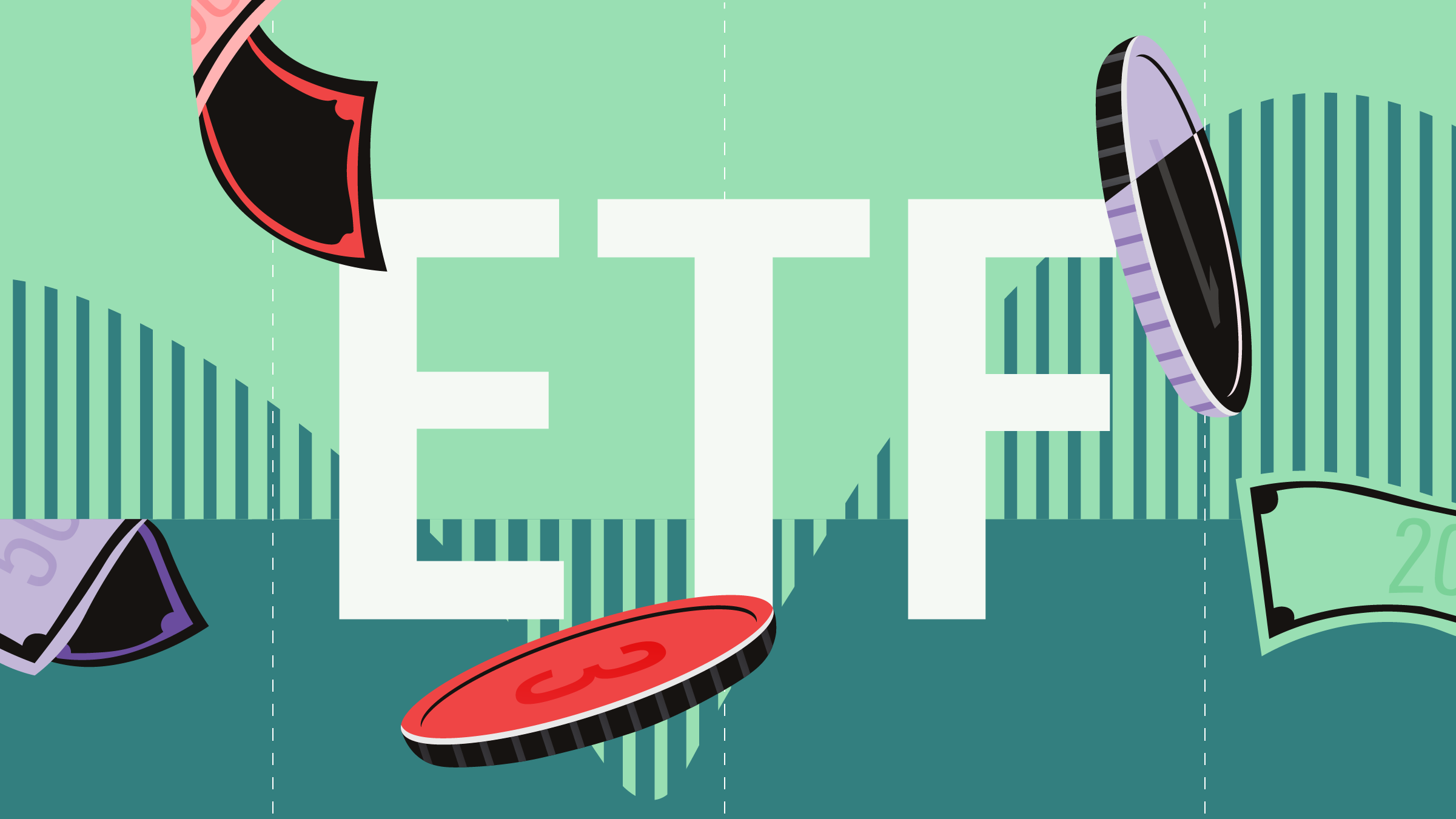
Last week, I wrote about how the barriers to entry to investing are now lower than ever for Canadians, thanks to the arrival of low-cost options like robo-advice and the combination of discount brokerages and asset allocation ETFs. Today we dive a bit deeper about the differences and similarities of these low-cost options for small investors.
Robo-Advisors - A Good Deal
Let’s be clear – robo-advice is not free, but an excellent value for small investors that don’t want to go through the trouble of searching for the right combination of investments, and more importantly, try to figure out what level of risk makes sense (the most important concept when investing). For new investors, having this taken care of is well worth the price of admission that most robos charge in the form of a management fee.
For Those Who Want to DIY
Those that can stomach a bit of work might opt to sign up to an online trading platform (also known as a discount brokerage). Once you are signed in and are ready to pick your first investment, consider these points:
- Stocks are risky. Though they seem the easiest to trade, stocks are inherently risky investments. Professional managers are able to de-risk by diversifying their portfolio across many companies. For investors with small starting amounts, gaining exposure to a diversified portfolio in this manner is difficult because you will lack scale (for example, one share of Amazon stock currently costs over $3100 USD).
- Diversification is key. It’s not just stocks, similar concept applies to bonds. For most starting investors, individual securities are likely not the way to go (despite what your best friend’s brother-in-law’s cousin said about tripling her money overnight).
What should you do?
Enter ETFs
Exchange traded funds, or ETFs, allow investors to gain exposure to many individual securities. Asset Allocation ETFs (those that hold a mix of stocks and bonds) go one step further by diversifying your investment across multiple asset classes. Plus, buying a single ETF that exposes you to stocks and bonds means you only have to pay one trading commission.
Good ETFs to Consider
Herein lies the crux of the work – which ETF is right for you? Broadly speaking, the longer you can wait to access your savings (known as time horizon), the more risk you can take. The more risk you can handle, the more allocation you’ll have to stocks as opposed to bonds. As a starting point, here are a set of Canada domiciled allocation ETFs along with their allocation to stocks, bonds, and cash to give you an idea of what’s available in the ETF world.
This is not an exhaustive list, only those that have either a 3-Star rating (backwards looking) or are Medalist-rated (gold/silver/bronze, forward-looking) have been included. The list is sorted by stock exposure, with funds with the least stock exposure (most conservative) at the top of the list, and the most exposure (most risky) at the bottom of the list. These ETFs largely have holdings in other ETFs (a concept known as “Fund of Funds”) which is how they are able to grant exposure to a wide variety of assets.
If you do end up going the DIY route, remember that there is still a difference between owning an allocation ETF and using a robo-advisor: de-risking. As time passes and we get closer to withdrawing the money we’ve invested (perhaps for retirement or for a specific financial goal like school tuition) our risk tolerance drops because we get closer to requiring that money and capital preservation becomes more important than growth. Robo advisors do this gradually (and automatically) for you as part of the management fee that you pay them. For DIY investors in ETFs, you will have to control this on your own, likely by switching into a more conservative allocation (more in bonds) as time passes.
This article does not constitute financial advice.




















